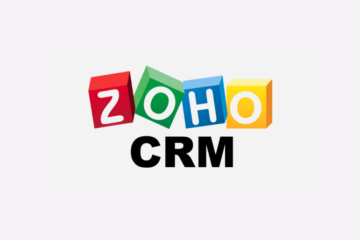
This week students complete their 8-week live practicum using the Digital Engine curriculum. Over the past 13 weeks, students have created their own inbound digital marketing campaign, complete with a newly built website with blogs, social media posts, emails, search engine optimization with keyword analysis, multiple analytic platform audits, and crm database management. Students have learned the inbound marketing process of using created and curated content to generate leads through their online web forms. Driving users from social media platforms and through an email campaign back to their website, they have learned how to write hooks that entice web users to engage in their website to drive sales leads. Collecting these leads through a CRM database is crucial to instigating the sales cycle, which students learned how to do over the last week. Now that they have generated the leads and turned them over to the sales team, students have successfully learned the inbound digital marketing process. They have learned how to test content in an organic space that is very cheap to maintain and harvest, which will help to drastically increase their ROI in the paid space if they choose to place successful organic messages into the paid space.
Now that the students have completed their live campaign, it’s time to reflect on the campaign. Using their progress report from a couple of weeks ago, students will create a final report that will use a SWOT analysis to analyze what they did well and what they did poorly during the campaign. They are also provided InGen analytics on the rest of their class to be able to measure their success and failures against the rest of the class. Using this data, students create tables, charts, and visualizations about their campaign. These final reports are created in PowerPoint to be easily demonstrate visuals and discuss slides in the notes section, but students do not present them in class. They are just submitted in PPT form so that professors can easily see the brand palette and data visualization, and because students can use the notes section to easily explain slides that may just have data or pictures. It gives them the chance to adequately explain their thoughts about their slides in lieu of not giving an actual presentation. The notes section is critical to the written communication component of the project, which is why we don’t use Keynote or other presentation programs, as their Notes section is not as compliant to the professor’s needs in grading.
With Laura’s permission, we are sharing an excellent final report here to give you a good feel of not just the final report itself, but to see all the hard work that goes into this entire semester. The final report is a great way to visually demonstrate all the students’ hard work and creativity. To discuss how you can use the Digital Engine curriculum in your class, contact us here. We know you will enjoy looking through Laura’s final report here: http://thedigitalengine.net/wp-content/downloads/final-report-example.pdf.




0 Comments